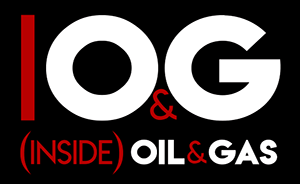Following successful trials, First Hydrogen Corp will be configuring a left-hand drive model expanding its global market reach.
The left-hand drive FCEV will allow the Company to showcase the FCEV in the United States, Mexico, South America and, in particular, Europe.
Currently, the European Union is diversifying its energy sources and its dependence on fossil fuels. The European Commission has approved four waves of hydrogen Integrated Projects of Common European Interest (IPCEIs), aiming to raise €43 billion to support more than 120 projects involving approximately 100 European companies.
The projects cover the hydrogen ecosystem from production, import, transportation and end-use, as the EU strives to become the first climate-neutral continent by 2050.
The Commission will intensify its cooperation with international partners on clean hydrogen deployment and the development of hydrogen markets. An additional €200 million invested by the Commission will be used to support hydrogen ecosystems in specific geographical areas, such as ports, industrial zones, airports, etc.), also known as hydrogen valleys.
In the United States, California is the first American state to launch a hydrogen hub, supported by funding from the United States Department of Energy (DOE) as part of the Biden Administration’s program to finance seven hydrogen hubs across the U.S.
The U.S. Administration announced seven regional hubs for hydrogen production that would receive US$7 billion in grants. The California Hydrogen Hub was awarded $1.2 billion to advance clean hydrogen projects.
The company’s FCEV completed four trials in the UK, that allowed the FCEV to operate in various real-world conditions. The FCEV demonstrated its’ capability for demanding duties, such as carrying heavier payloads, towing and powering auxiliary equipment (onboard power).
There was no decrease in vehicle performance or range when operating in colder temperatures. Drivers from the trials noted the FCEV’s drivability ease, quick refuelling, and range (630 km / 390 mi, on a single refuelling). The trials also provided the company with data to compare hydrogen-powered fuel cells versus battery-electric vehicles and internal combustion engine vehicles.
Balraj Mann, Group CEO of First Hydrogen, commented: “We are excited to show markets the advantages of a hydrogen-power-fuel-cell vehicle. During the Wales and West Utilities trial, in wintery conditions, we were able to demonstrate our FCEV was able to sustain performance levels, while with a battery electric vehicle there is a loss of performance the colder the weather. Green hydrogen provides sustainability and zero emission reducing the carbon footprint and contributing to decarbonization goals. Our FCEVs utilizing green hydrogen will be greenhouse gas emission-free, with the only by-product being water. We are trying to do our part for a zero-emission future.”
Find out more from the energy transition and beyond...


